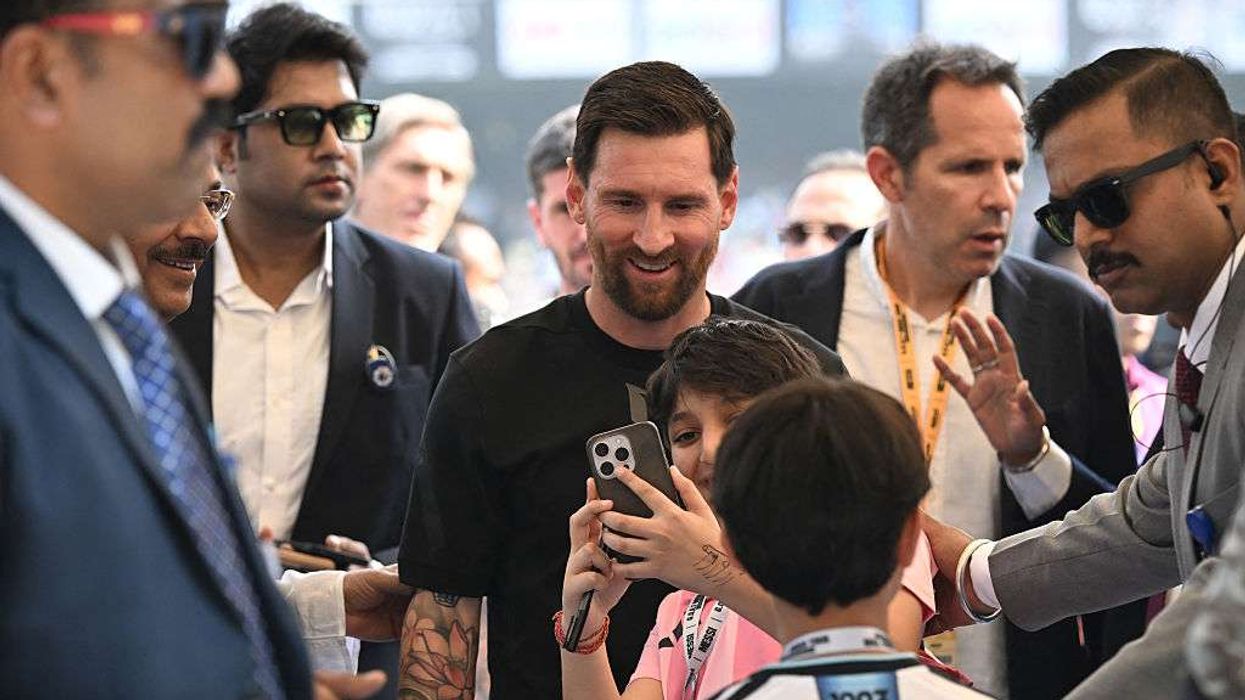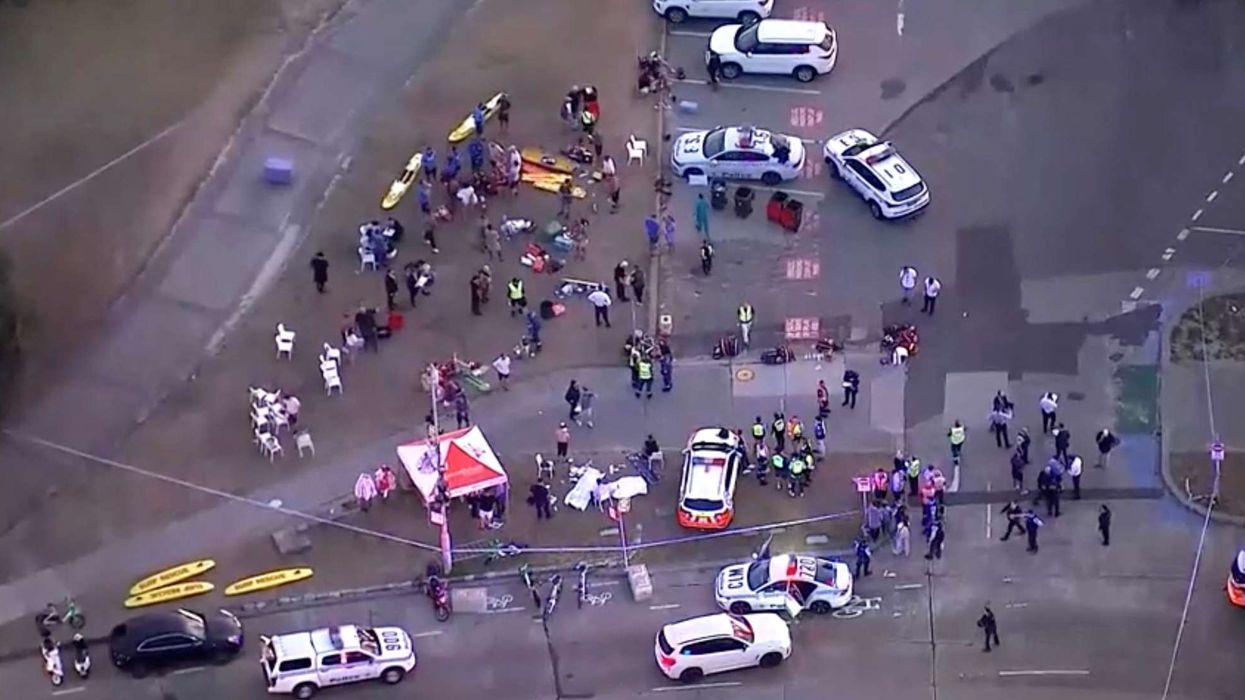MARCUS RASHFORD has said sorry for his penalty miss in the Euro 2020 shootout defeat by Italy in the final at Wembley on Sunday (11) but added he "will never apologise for who I am" after being among three players to suffer racist abuse.
Substitutes Rashford, Jadon Sancho and Bukayo Saka all missed spot kicks in the 3-2 shootout loss and were targeted on social media while a mural in Rashford's home town of Withington was defaced before it was covered in messages of support.
The racist abuse prompted a police investigation and wide condemnation from England's captain, manager, royalty, religious leaders and politicians.
"I can take critique of my performance all day long, my penalty was not good enough, it should have gone in but I will never apologise for who I am and where I came from," the 23-year-old Manchester United forward wrote on Twitter.
"I've felt no prouder moment than wearing those three lions on my chest and seeing my family cheer me on in a crowd of 10s of thousands."
Rashford, who took England's third penalty after captain Harry Kane and defender Harry Maguire had scored, staggered his run up and, though he sent Italy goalkeeper Gianluigi Donnarumma the wrong way, scuffed his spot kick against the post.
"I don't even know where to start and I don't even know how to put into words how I'm feeling at this exact time," he added.
"I've had a difficult season, I think that's been clear for everyone to see and I probably went into that final with a lack of confidence.
"I've always backed myself for a penalty but something didn't feel quite right. During the long run-up, I was saving myself a bit of time and, unfortunately, the result was not what I wanted.
"I felt as though I let my teammates down. I felt as if I'd let everyone down.
"A penalty was all I'd been asked to contribute for the team. I can score penalties in my sleep so why not that one? It's been playing in my head over and over since I struck the ball and there's probably not a word to describe how it feels."
England were bidding for their first major trophy since they lifted the World Cup at Wembley in 1966 but lost in the shootout after the match finished 1-1 following extra time.
"Final. 55 years. 1 penalty. History. All I can say is sorry. I wish it had gone differently. Whilst I continue to say sorry I want to shout out my teammates. This summer has been one of the best camps I've experienced and you've all played a role in that."
(Reuters)












